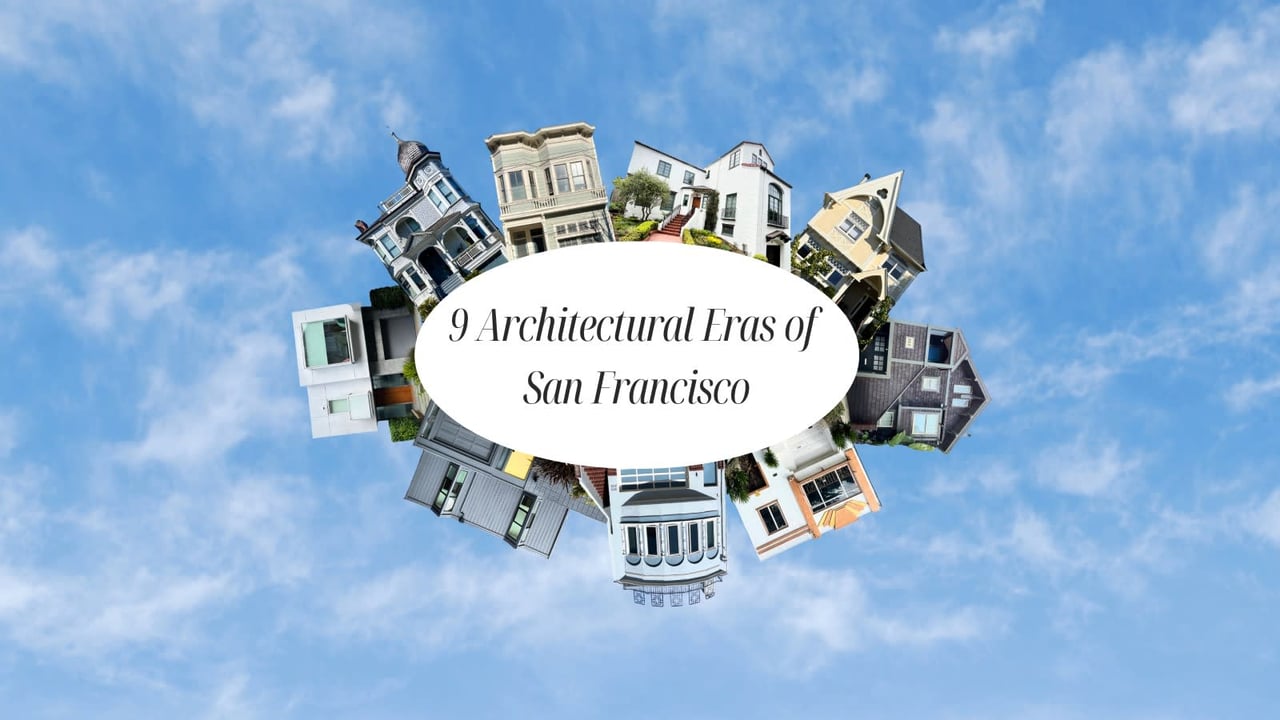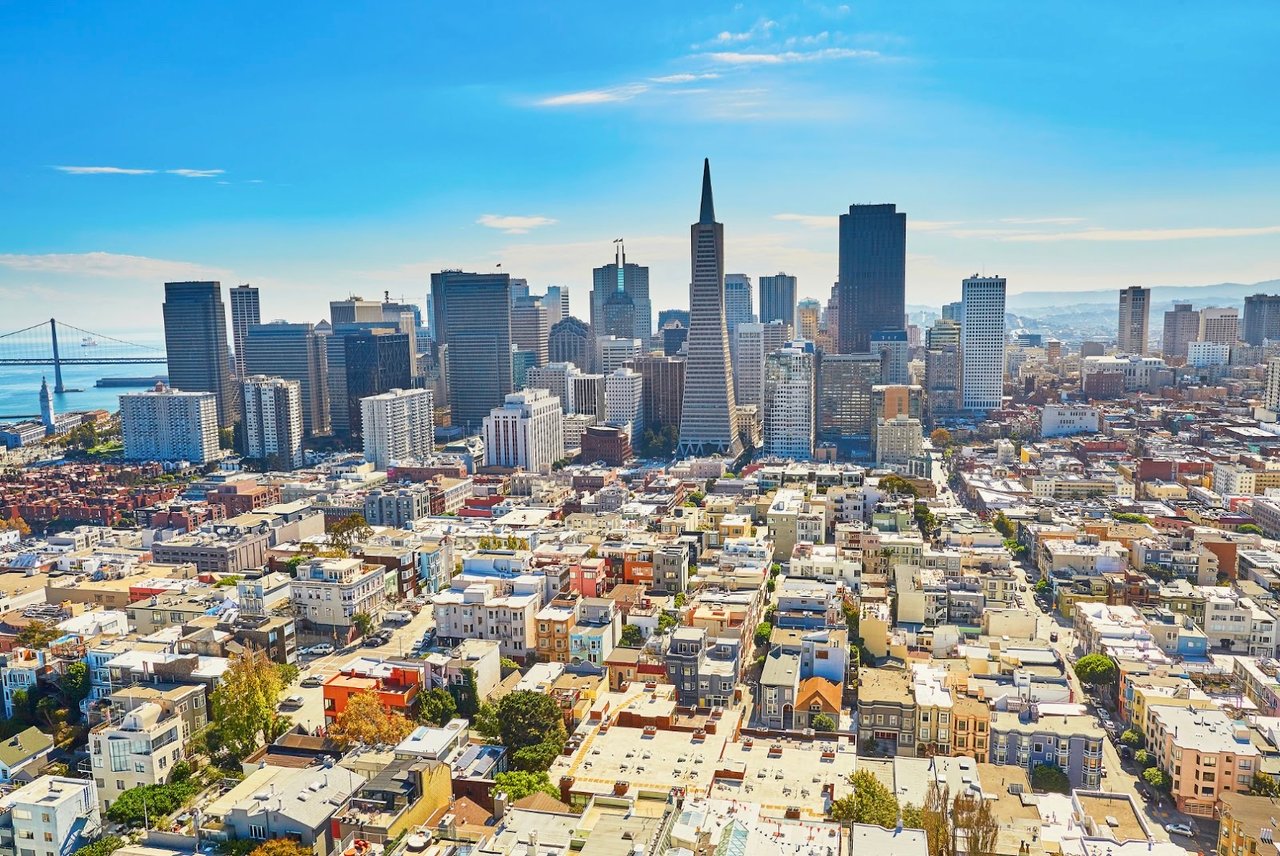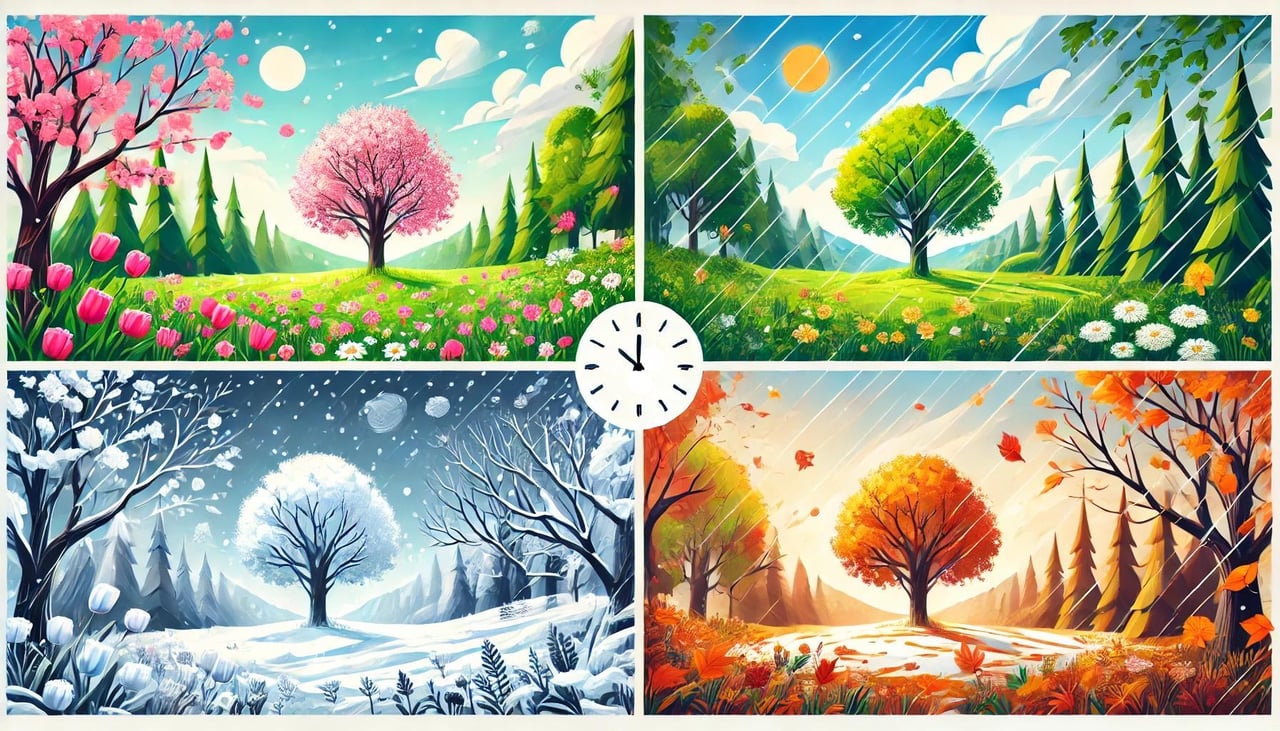From Victorian to Modern: 9 Architectural Eras of San Francisco
Katie Moss | October 3, 2024

Katie Moss | October 3, 2024

San Francisco, a city known for its steep hills, iconic bridges, and vibrant culture, is equally famous for its diverse and captivating architecture. From the ornate Victorian "Painted Ladies" to newer, sustainably built homes, the City by the Bay showcases a rich tapestry of architectural styles that reflect its storied past and dynamic present. As you wander through San Francisco's neighborhoods, each street tells a unique story of the city's evolution through its buildings.
This architectural diversity contributes to San Francisco's visual appeal and plays a significant role in shaping the real estate market. In this guide, we'll explore nine distinctive San Francisco home styles that have shaped the city's neighborhoods and continue to influence its landscape. Whether you're a potential homebuyer, a real estate investor, or simply an architecture enthusiast, understanding these styles provides valuable insights into one of the world's most fascinating real estate markets.
Victorian homes are architectural jewels of San Francisco. The iconic style, named after Britain's Queen Victoria who reigned from 1837 to 1901, reflects the prosperity and artistic sensibilities of the time. Today, Victorian homeowners take pride in preserving the intricate designs of these historic residences. While there are several subtypes, including Italianate, Queen Anne, and Stick-Eastlake, they all share common characteristics that define the Victorian aesthetic, capturing the ornate tastes and advancements of Queen Victoria's long and transformative reign.
Victorian homes pictured (left to right): 1450 Masonic Ave (Haight Ashbury), built 1900; 752 Clayton (Haight Ashbury), built 1895; 2026 California St (Pacific Heights), built 1900
Exterior Features
Interior Characteristics
Edwardian homes, prevalent in San Francisco from 1901 to 1910, offer a more refined and practical alternative to their Victorian predecessors. They are distinguished by their simpler and less ornate qualities, reflecting a shift towards more modest design. This architectural style, named after King Edward VII of England, embraces cleaner lines and lighter ornamentation while retaining an elegant aesthetic.
Edwardian homes pictured (left to right): 4430 24th St (Noe Valley), Built 1908; 117 Noe St (Eureka Valley), Built 1906; 1560 Masonic (Buena Vista), Built 1911
Exterior Features
Interior Characteristics
Mission Revival homes in San Francisco blend California's Spanish colonial heritage with modern urban living. This architectural style features smooth stucco walls, low-pitched red tile roofs, and prominent arched openings. It evokes a romanticized vision of the state's past while meeting contemporary needs. These homes often incorporate courtyards, balconies, and ornate ironwork, creating a harmonious balance between indoor and outdoor spaces.
Mission Revival home pictured: 20 Ventura Ave (Forest Hill), Built 1927
Exterior Features
Interior Characteristics
Tudor Revival architecture, inspired by medieval English manor houses, appealed to wealthy homeowners and coincided with the development of new residential areas in San Francisco. While the style's popularity waned by the late 1940s as modernist designs gained favor, Tudor Revival homes remain beloved examples of San Francisco's diverse architectural heritage, reflecting the city's fascination with romantic, European-inspired design.
Tudor Revival homes pictured: 187 Delmar (Haight Ashbury), Built 1908; 33 Jordan Ave (Laurel Heights), Built 1907; 1460 Masonic Ave (Buena Visa), Built 1907
Exterior Features
Interior Characteristics
Craftsman homes, popular in San Francisco from the early 1900s to the 1930s, are known for their emphasis on natural materials and hand-crafted elements. Influenced by the Arts and Crafts movement, these homes feature low-pitched roofs, exposed rafters, and spacious front porches.
Craftsman homes pictured (left to right): 1515 Noe St (Noe Valley), Built 1912; 203 Fairmount St (Glen Park), Built 1902; 4435 24th St (Noe Valley), Built 1916
Exterior Features
Interior Characteristics
Art Deco architecture brings a touch of glamour and modern flair to San Francisco's residential landscape. The style is characterized by bold geometric shapes, streamlined designs, and decorative elements inspired by machine-age technology. In San Francisco, notable examples can be found in both residential buildings, particularly in the Marina and Nob Hill neighborhoods, and iconic structures like the Pacific Telephone Building downtown.
Art Deco homes pictured (left to right): 420 Eureka (Eureka Valley), Built 1940; 3665 Scott St (Marina), Built 1931; 1695 Beach St (Marina), Built 1931
Exterior Features
Interior Characteristics
The Marina style, emerging in the 1920s and 1930s, is named after San Francisco's Marina District where it originated, but is now common throughout many of the city's neighborhoods. This distinctively local architectural style blends elements of Spanish Colonial Revival, Mediterranean, and Art Deco influences. Characterized by its boxy shape, flat roofs, and smooth stucco exteriors, Marina-style homes often feature decorative wrought iron, arched entryways, and large picture windows.
Marina style homes pictured (left to right): 3361 Pierce St (Marina), Built 1924; 2130 Bay St (Marina), Built 1925
Exterior Features
Interior Characteristics
Mid-Century Modern architecture rose to popularity in San Francisco between the late 1940s and the 1960s. This post-World War II style, characterized by simplicity and clean lines, emphasized functionality and seamless integration with nature. It prioritized open floor plans, large windows, and a harmonious blend of indoor and outdoor spaces.
One of the most influential architects of this style in the Bay Area was Joseph Eichler. Eichler's distinctive homes, characterized by their post-and-beam construction, floor-to-ceiling windows, and indoor-outdoor living spaces, can be found in several San Francisco neighborhoods, including Diamond Heights and the Outer Sunset. His work significantly shaped the city's mid-century architectural landscape and continues to be highly sought after today.
Mid-Century Modern home pictured: 52 Amber Dr (Diamond Heights), Built 1962
Exterior Features
Interior Characteristics
Flat-panel doors: Basic doors with minimal, unobtrusive trim for a streamlined design.
Modern homes in San Francisco blend sleek minimalism with urban efficiency. These residences feature clean lines, expansive windows, and open floor plans, optimizing space and light in the city's dense environment. The style embraces sustainability, incorporating eco-friendly materials and smart technologies. In neighborhoods like Noe Valley and Potrero Hill, these innovative designs contrast dramatically with Victorian and Edwardian architecture, embodying San Francisco's fusion of historic charm and cutting-edge design.
Modern / Contemporary home pictured: 147 Laidley St (Glen Park), Built 2008
Exterior Features
Interior Characteristics
San Francisco's architectural diversity is a key factor in its diverse and desirable real estate market. For San Francisco home buyers, these varied styles offer a range of options to match personal tastes and lifestyle needs. San Francisco home sellers can leverage their property's unique architectural features as strong selling points, appealing to buyers who appreciate specific styles. Buying or selling, understanding San Francisco's architectural landscape can play a tangible role in your real estate decisions. In our unique market, homes are more than just properties—they are pieces of the city's living history and ongoing evolution.
Ready to explore San Francisco's architectural gems? Our team of SF real estate experts is here to guide you. Contact us today!
Stay up to date on the latest real estate trends.

Simple changes. Stunning results. How staging transformed one San Francisco home sale.

How the AI boom is driving one of San Francisco's strongest housing markets in years.

SF real estate evolves again.

New federal deductions could impact your bottom line.

San Francisco's 2024 real estate highs and lows, from luxury mansions to budget-friendly condos.

Ho-ho-home for the holidays! 🎁 (We're gonna need a bigger bow...)

Buying a home in San Francisco? Don't let a property's past haunt your future.

We're in our "falling head over heels for historic homes" era.

When is the San Francisco real estate market most active? We dive into the data to learn seasonal trends and how to be strategic about buying and selling.
You’ve got questions and we can’t wait to answer them.